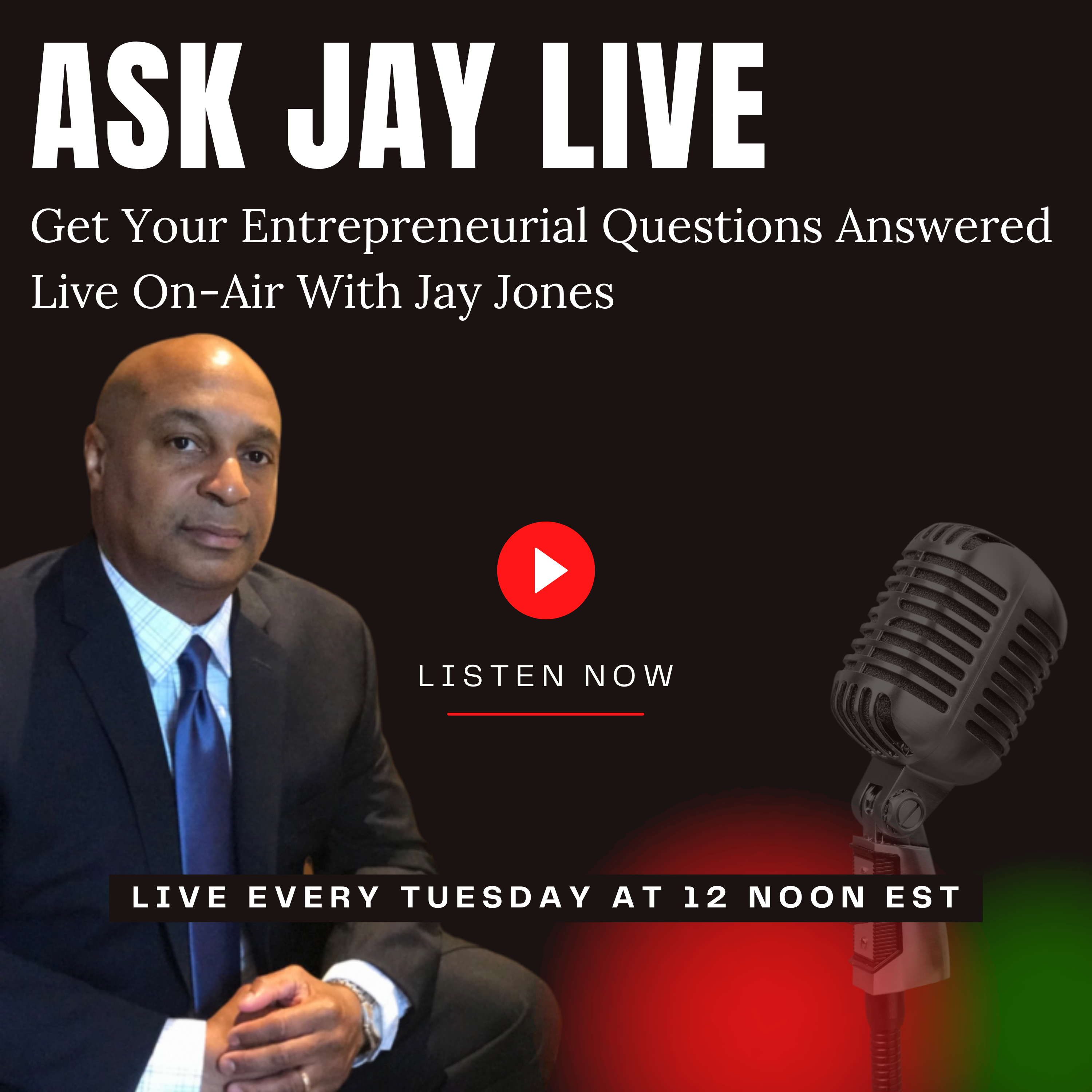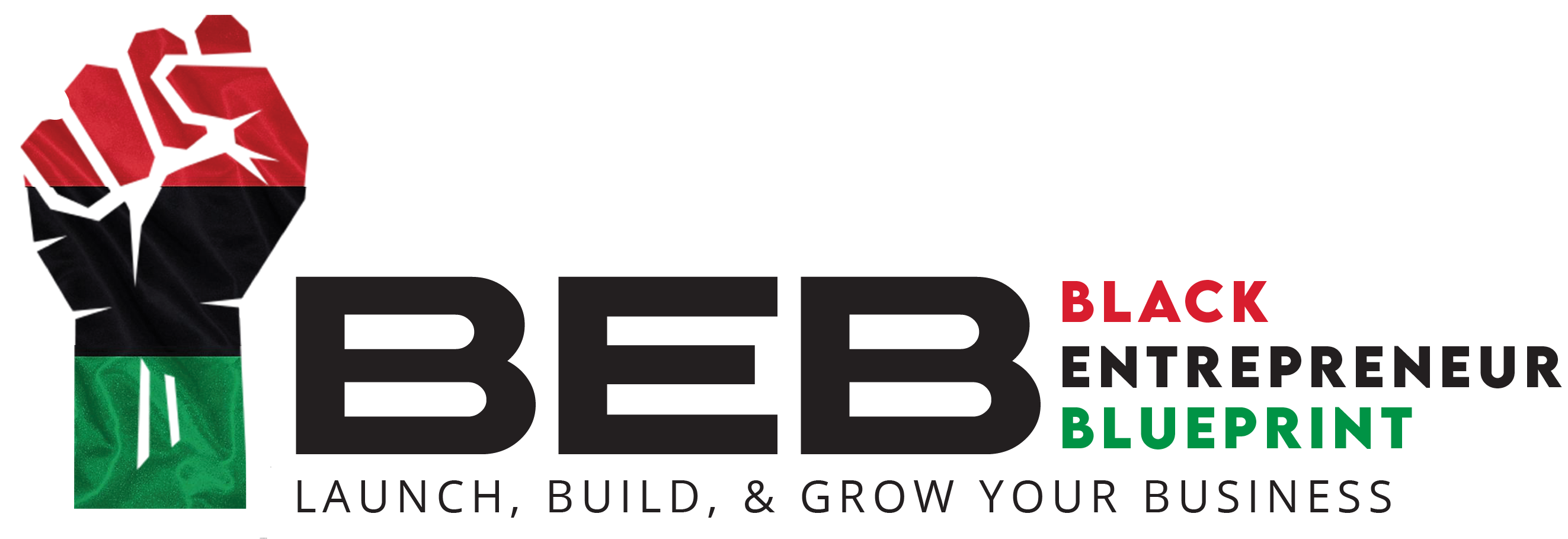 If you ever thought about creating and selling your own physical products brand, you’ve probably heard most experts recommend that you start selling online first. But what happens if you use retail sales to drive your eCommerce sales? Join Jay on today’s Black Entrepreneur Blueprint podcast episode # 373 where he discusses a counterintuitive approach to building a new brand. Visit: https://hellyeahhotsauce.com/
If you ever thought about creating and selling your own physical products brand, you’ve probably heard most experts recommend that you start selling online first. But what happens if you use retail sales to drive your eCommerce sales? Join Jay on today’s Black Entrepreneur Blueprint podcast episode # 373 where he discusses a counterintuitive approach to building a new brand. Visit: https://hellyeahhotsauce.com/
BLACK ENTREPRENEUR BLUEPRINT SHOW NOTES – EPISODE # 373
Today’s show is based on an observation I made several months ago as it pertains to building my new physical product brand “Hell Yeah Hot Sauce” https://hellyeahhotsauce.com/ and accompanying products (spices, BBQ sauce, etc.)
I’m going to keep you updated as this process continues and let you know my wins and losses as we move forward.
First – The Reason I decided To Get Into the food /consumables space (why this product or vertical?)
- Thinking bigger – bigger orders equal more revenue
- Wanted to create a line of consumable products that people will continue to buy
- It’s easier to scale physical units than it is to scale services
- You can be anonymous (how many owners of food and grocery companies do you know)
- Getting one large account (Whole Foods, Target, etc) can generate hundreds of thousands of dollars as opposed to selling to individuals
- Once you get one product in a store you can add additional products and even other brands you’ve created
Past History Selling In Retail
Zulu condoms were sold nationwide in 7-11, Pathmark supermarkets, Rite Aid, independent convenience stores & novelty shops, catalogs
Counterintuitive Thinking & Why
- I saw many products in these stores that I never saw advertised on tv or online
- Many of these products didn’t even have a large online presence (website or social media)
- If your packaging, pricing, and perception make sense to the consumer you should be able to sell as long as you have visibility on the shelf or with a POP Display
- Easier for consumers to buy if they can physically see and touch the product vs online sales where the customer has no experience with the product or brand and relies on product reviews
- The credibility of being in a retail store
Key Factors I Addressed Prior To Trying To Get Into Retail
- Received my minority supplier certification at https://nmsdc.org/mbes/mbe-certification/
- Made sure my products were “retail-ready” –
- professional-looking packaging, and labeling (how do your competitors package their product)
- UPC code for scanning (https://www.gs1us.org/)
- custom printed countertop Point-Of-Purchase displays for convenience store mini bottles
- a professional “sell sheet” for retailers
- already signed up as a vendor for the companies I want to approach
- Have adequate inventory for initial orders
Platforms to help get your products into retail stores
- Faire: https://www.faire.com/ – The online wholesale marketplace connecting over 200,000 local retailers with emerging and established brands
- RangeMe: https://www.rangeme.com/ – Get discovered by the world’s leading retailers





